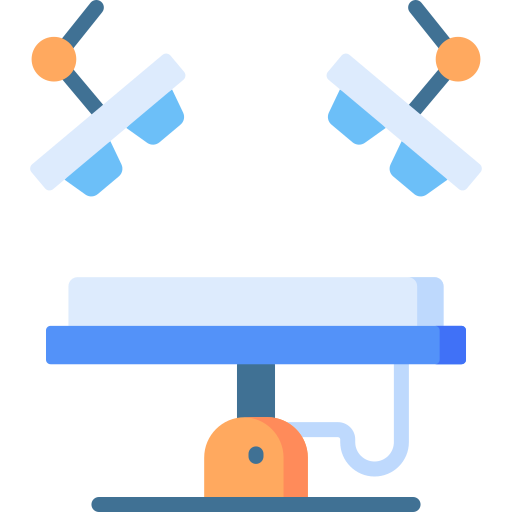4-3. Emergency evacuation

Objectives
Anaesthetised or sedated patient requires unplanned transfer because of environmental hazard (e.g. flood, fire, smoke, structural collapse, noxious gas).
|
START ❶ Consider if patient can be safely moved: if not see Box A. ❷ Stop any operative procedure as soon as safe. Pack and cover wounds. ❸ Transfer patient to bed or trolley. Transfer on operating table in extremis. ❹ Evacuate non-essential staff. Consider calling for help but be aware their own safety may preclude their attendance. ❺ Airway: Consider tracheal intubation to improve airway security if time allows. ❻ Breathing/ventilation options:
❼ Circulation:
❽ Maintenance of anaesthesia:
❾ If time allows, assemble adequate supply of drugs (Box B). ❿ Take existing monitoring and mains cabling. ⓫ Agree and communicate staff and patient muster points (Box C).
|
Box A: UNABLE TO MOVE PATIENT
|
|
Box B: DRUGS
|
|
|
Box C: MUSTER POINT
|
|
|
Box D: ROUTE
|
Editorial Information
Last reviewed: 31/01/2018
Author(s): The Association Of Anaesthetists of Great Britain & Ireland 2018. www.aagbi.org/qrh. Subject to Creative Commons license CC BY-NC-SA 4.0. You may distribute original version or adapt for yourself and distribute with acknowledgement of source. You may not use for commercial purposes. Visit website for details. The guidelines in this handbook are not intended to be standards of medical care. The ultimate judgement with regard to a particular clinical procedure or treatment plan must be made by the clinician in the light of the clinical data presented and the diagnostic and treatment options available..
Version: 1
